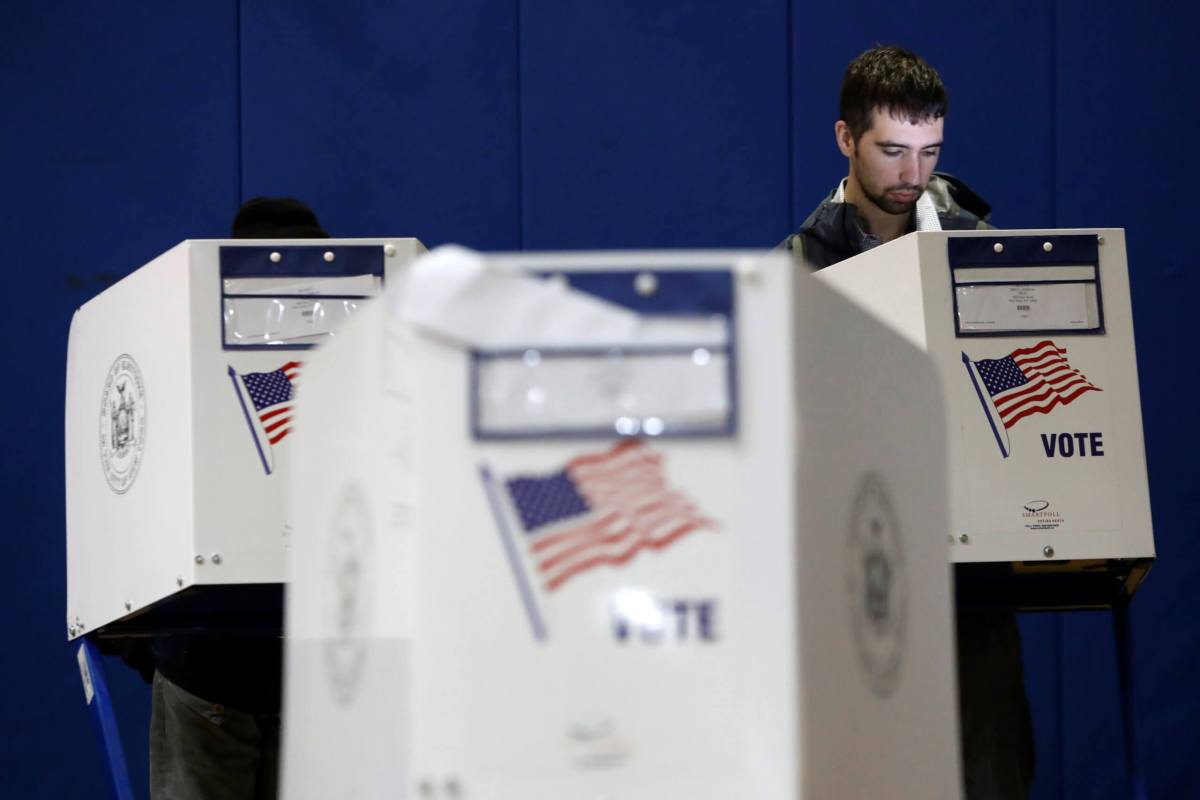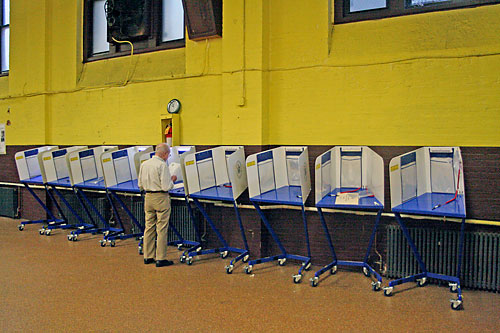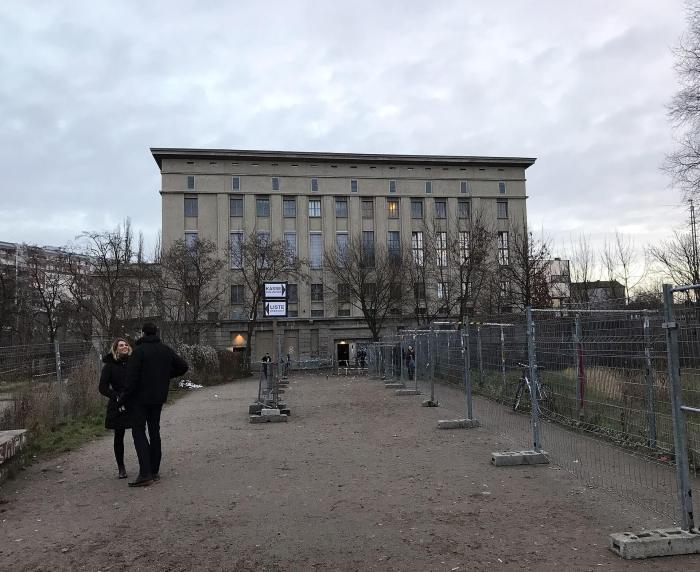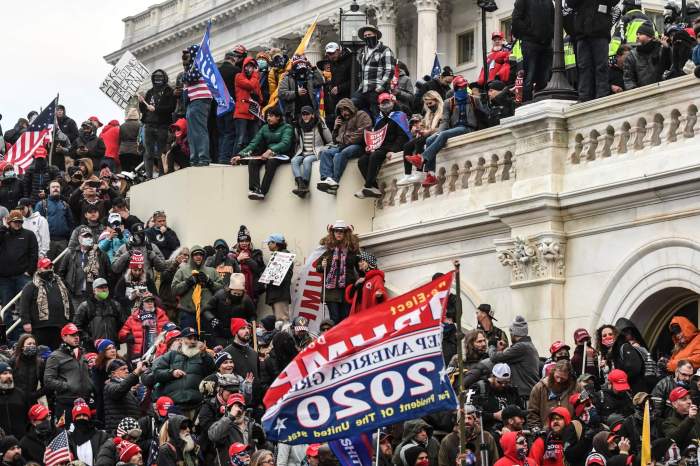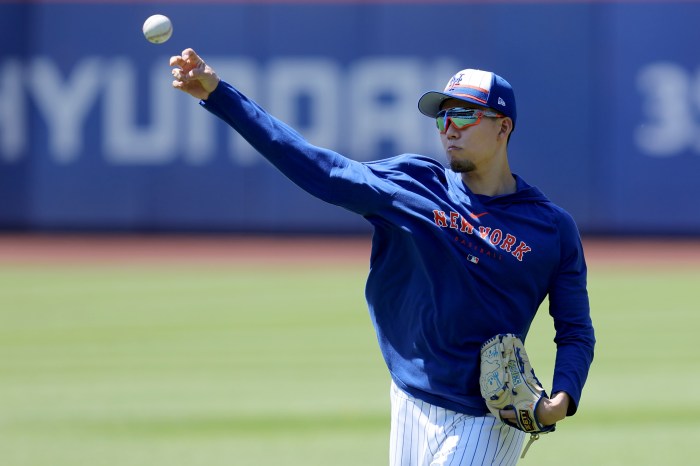I think this is hogwash. Ranked Choice Voting has been used in San Francisco elections for 19 years and Oakland elections for 11. It’s just the famous New Yorker Magazine cover about a Manhattanite’s view of the universe. If you study elections that occur under this new and better voting system, you can draw clear conclusions.
A recent poll taken last month but out this week showed Andrew Yang leading the current mayoral field with 28 percent support. Brooklyn Borough President Eric Adams had 17 percent support and City Comptroller Scott Stringer had 13 percent. A total of 84 percent of primary voters said they’d heard of Yang, whereas just 60 percent said they’d heard of Adams and 68 percent of Stringer
This time eight years ago, Bill de Blasio was hovering between third and fourth — behind Christine Quinn and Bill Thompson, neck-in-neck with Anthony Weiner and only just above John Liu. So a lot can still change, but Yang looks fairly strong (albeit over-exposed and weak on the issues) right now.
No less a personage than New York Times political reporter Maggie Haberman believes that while there’s plenty still to come, Yang’s somewhat surprising staying power makes him a strong candidate. Political observer/journalist and former State Senate candidate Ross Barkan then pointed out that the worst thing that could happen to Yang would be if the other candidates start attacking him on television. Maggie agreed, and agreed that they might.
Max Allstadt, who returned to New York City from the Bay Area in 2016, wrote a great tweet thread about what we can expect in a ranked choice election. The third-to-last tweet was his most important:
“Because NYC is so much bigger than any Bay Area city, we will see both unsuccessful and successful attempts by candidates who poll behind 1st place to gang up on number one. Frontrunners with high negatives are in trouble. Boring ones are in less trouble.”
When Donald Trump ran for president in 2015 and 2016, the more boring and traditional candidates polling behind him hesitated to take him on directly, because they knew they needed the positive feelings of his supporters eventually. We see now a similar dynamic in the mayor’s race with the “Yang Gang” but some candidates will almost surely decide to try to take Yang down publicly in the next few weeks.
The toughest-to-predict and most-complicated City Council races are starting to come into focus. Some in Brooklyn have a frontrunner and some don’t. Probably the two most complex fields in Brooklyn are in the 36th and 40th districts, so Bedford-Stuyesant and Flatbush. One trend we’ll see across the borough, though — mark my words — is groups of candidates circling up to peck at the frontrunner.


